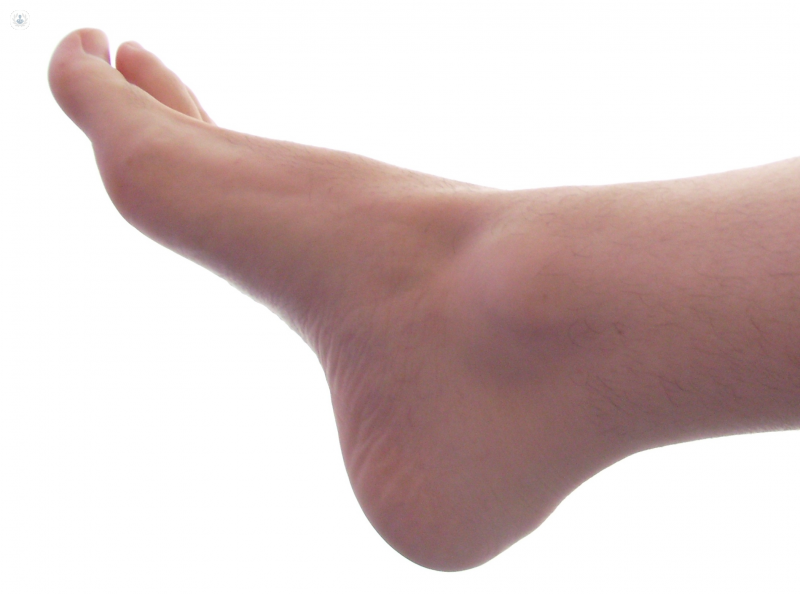Why does the ball of my foot hurt?
Written by:Foot pain comes in many shapes and forms and can be located in the heel, the arch, the toes or the ball of the foot. The latter, also known as metatarsalgia, can become worse when walking, and can make activity difficult. Orthopaedic surgeon Mr Billy Jowett is here to explain this condition:

What causes metatarsalgia?
Pain under the ball of the foot can be caused by a number of things, most of which involve excessive pressure being placed on this area. This pressure may be caused by:
- Wearing shoes with thin soles, meaning there is a lack of padding to support the ball of the foot.
- Pain in the big toe, which causes you to shift your weight to the ball of the foot, taking pressure off the toe, but applying more to the ball.
- Tightness of the calf muscle.
Further problems associated with metatarsalgia
Pain in the ball of the foot should not be ignored. If it continues to be overloaded, further problems can occur, including:
- Synovitis (inflammation of the joints)
- Morton’s neuroma (one of the nerves between the toes becomes thickened and can cause pain)
- Stress fractures (although these are less common)
How do you relieve pain in the ball of the foot?
A number of measures can be taken to treat metatarsalgia and help relieve the pain. These include:
- Changing footwear – wider and/or well-cushioned shoes may help to better distribute your weight over your foot and take the pressure off the ball.
- Rest
- Regular calf muscle stretching exercises
- Insoles – simple insoles with a “metatarsal dome” can be found in shops or online. If these do not help, customised insoles can be made to fit your feet.
- Anti-inflammatory tablets can help with pain and inflammation. Consult your doctor before taking them regularly and stop if you experience any side-effects.
If more conservative measures fail, treatment options such as injections and even surgery may be considered.
It is important to diagnose the condition accurately from the offset to properly manage it. Your doctor should take a detailed medical history and conduct a clinical examination. They may also order appropriate scans, such as X-rays or MRI scans.
If you are concerned about pain in the ball of your foot, visit your doctor or book an appointment with a specialist.


